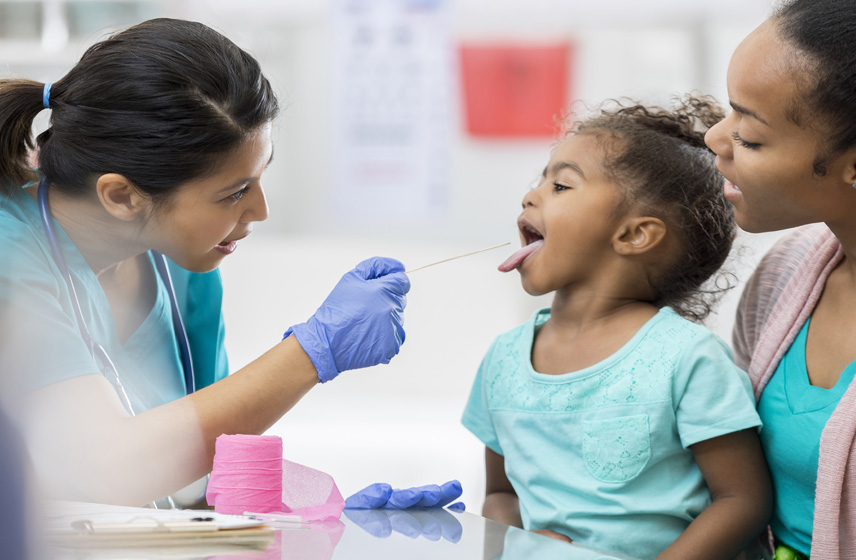Sports physicals are a safety measure that ensures your child can safely take part in activities or sports. Millions of children undergo these exams annually in the U.S. These exams don’t automatically disqualify your child if they find something. In many cases, follow-up treatment based on the findings can still allow your child to play.
Advertisement
Cleveland Clinic is a non-profit academic medical center. Advertising on our site helps support our mission. We do not endorse non-Cleveland Clinic products or services. Policy
A sports physical is a medical exam that makes sure you’re healthy enough to safely play a sport. They’re mainly for children who want to play school sports. While they’re mainly for high school-level athletes, sports for younger children may also require them.
Advertisement
Cleveland Clinic is a non-profit academic medical center. Advertising on our site helps support our mission. We do not endorse non-Cleveland Clinic products or services. Policy
Also known as sport preparticipation physical exams (SPPEs), sports physicals are there to keep your child safe. They can help your child avoid minor issues like sprains or strains. They can also save lives, finding previously undetected conditions — including dangerous ones.
During the exam, your child’s provider will screen them for illnesses that could interfere with their playing. They’ll also look for signs of past injuries and advise you and your child on any possible future impacts.
If your child’s provider finds a reason that your child can’t safely play a sport, they may disqualify your child from playing. But finding a medical issue doesn’t mean your child’s provider will automatically disqualify them. Whenever possible, your child’s provider will try to find a way for your child to play safely.
There are two main parts of a sports physical:
The medical history part of a sports physical includes asking questions about your child’s medical history. It’ll also include questions about their biological family medical history. Your child’s provider will specifically look for:
Advertisement
For the physical examination part, your child’s provider will likely check or look for the following:
After a sports physical, your child’s provider will do one of the following:
Your child can get a sports physical at their pediatrician’s office. Sometimes, schools will have an opportunity for multiple students to get their sports physicals at the same time.
Experts recommend that your child get their sports physical about six to eight weeks before the sports season’s training starts. That allows enough time for follow-up testing and treatment, if necessary.
In the U.S., all 50 states legally require them for participation in high school sports that school year. Athletes also need follow-up sports physicals to keep playing next school year.
A sports physical specifically looks for any condition or issue that could make it unsafe for your child to play a sport. An annual physical (or well-check) looks at overall health.
Sports physicals are beneficial for children playing any sport, not just full-contact ones. And while it’s rare for these exams to find something dangerous, they can be lifesaving when they do. One thing to keep in mind is that your child’s provider wants them to play and enjoy sports. That means they’ll do everything they can to find a way for your child to play safely.
And in the event that your child does need restrictions, their provider may be able to recommend alternative sports or activities. That way, your child can still find something they enjoy doing and stay safe inside and outside of their activities.
Advertisement
Need care fast? Cleveland Clinic’s Express Care and Urgent Care locations treat everything from sprains to sinus infections — no appointment needed.

Last reviewed on 07/29/2025.
Learn more about the Health Library and our editorial process.